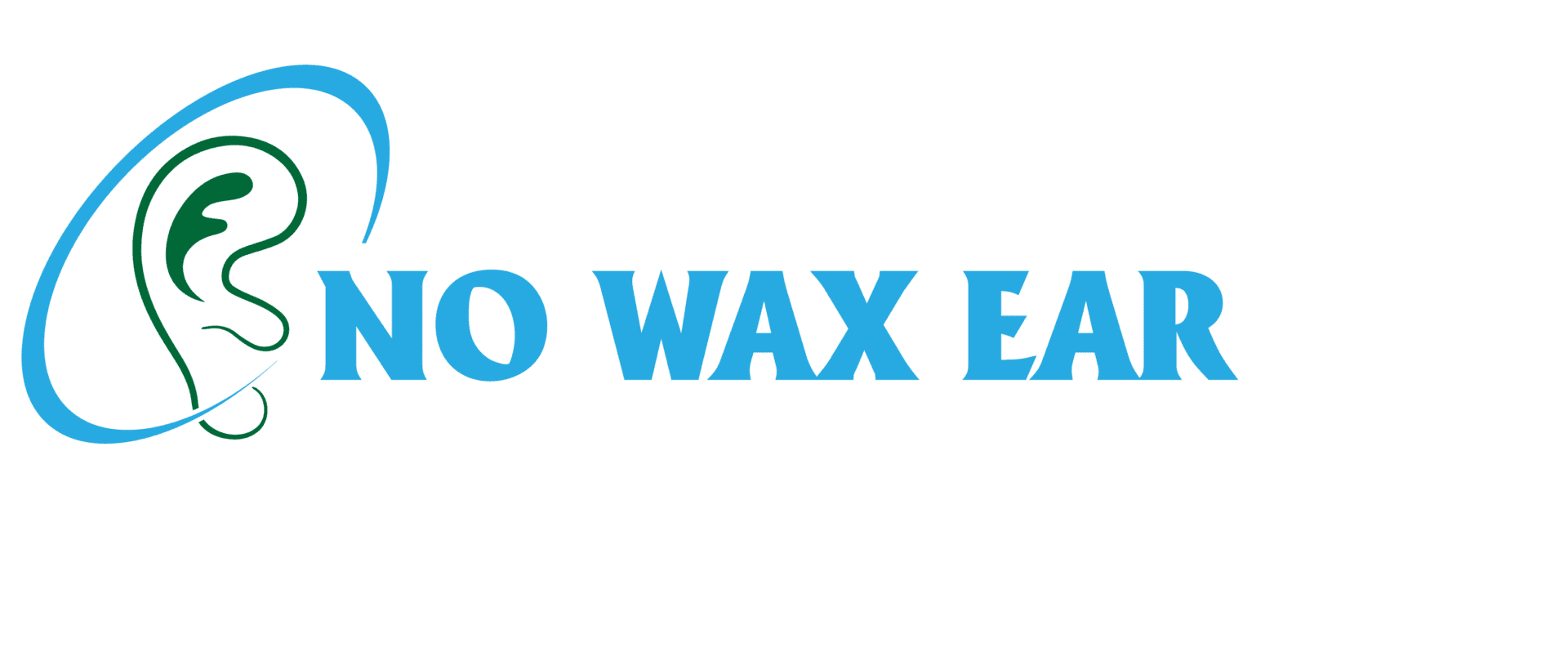What is Ear Wax Removal?
Ear wax removal is a service performed by a qualified practitioner to remove excess ear wax (cerumen) from your ears. This can be done in a convenient clinic setting or in the comfort of your own home.
Why Do I Need It?
Excess ear wax can lead to hearing loss, earache, vertigo, or general discomfort. While olive oil drops can help loosen the wax, a professional removal is often necessary for complete blockage.
The Process Explained
- Qualified and Trained: Ear wax removal should always be performed by a qualified practitioner.
- Gentle and Effective: We use a combination of warm irrigation, microsuction, or both to gently remove the build-up.
- Clear View: Specialised equipment allows us to see your ear canal clearly throughout the treatment. You can also view it yourself using a digital otoscope (optional).
Before Your Appointment
Once you book your appointment, you’ll be advised to use olive oil drops (Earol or similar) twice daily for 7 days to soften the wax for easier removal. This process is nothing to worry about.
Client Consent and Information
Before commencing with your appointment, it will be necessary for us to take a brief medical history in order to ensure that ear wax removal is appropriate.
We'll discuss the procedure, its benefits, and any potential risks to ensure you're fully informed.
Comfort and Safety
Painless Procedure: Irrigation and microsuction are considered safe and painless. You might experience mild suction, airflow, or waterflow during the process.
Relaxing Experience: The procedure is not rushed and typically takes up to 1 hour.
Aftercare
- Aftercare Pack: You'll receive an aftercare pack with instructions on how to care for your ears for the following week.
- Second Appointment (if needed): We'll schedule a follow-up appointment at your convenience if necessary.
Frequently Asked Questions
Ear wax also known as cerumen. It cleans and protects the ears from bacteria, dust, and foreign particles. The ear naturally secretes wax to protect and lubricate the ear as well as to keep debris out and hinder bacterial growth.
Symptoms of ear wax build up include discomfort, earache, ear infection, sudden or partial hearing loss, itchiness in the ear, dizziness and or imbalance (vertigo), tinnitus (ringing in the ears), decreased hearing, and a feeling of fullness. Everyone produces varying amounts of wax and at different rates. Some people need regular appointments to manage this while others only need an occasional visit.
Microsuction requires specialised equipment to provide a clear view of the ear canal, whilst a controlled suction device gently suctions out the ear wax.
Irrigation involves a gentle pressurised flow of warm water that removes the build-up of ear wax. The irrigator has variable pressure control so that irrigation can be performed at level that is gentle and consistent, thereby dislodging the wax and allowing it to exit the ear canal.
Typically, both ears can be treated within 1 hour depending upon how impacted it is and whether olive oil drops have been appropriately used.
We recommended that the wax is softened first by using olive oil such as Earol (or similar), which delivers a measured dose, twice daily for 7 days prior to your appointment. This will soften the wax, ready for removal. The use of olive oil drops can significantly reduce the likelihood of the need for an additional follow up appointment.
Following your appointment, you may notice some temporary changes to your ears, such as greater sensitivity to sounds, especially if the wax had been building up for some time. We will ask you to keep your ears dry for a period of time following removal and will provide ear plugs as part of your aftercare pack.
Those who wear hearing aids will need to keep them out of their ears for 3 hours after cleaning, so please make sure you can undertake activities or get home safely after your appointment.
Never attempt to remove excessive or impacted ear wax yourself, such as with cotton buds or other objects, because this may result in pushing the wax further into the ear canal, potentially causing damage to the ear canal or eardrum (the tympanic membrane). It is never appropriate to insert objects into the ear canal.
For safe and effective ear wax removal, trust a qualified practitioner.
Where would you like to see a clinic run?

![shutterstock_1931597951-[Converted] Ear problem vector concept: Doctors team doing treatment for deaf hear while using magnifying glass](https://thenowaxearcompany.co.uk/wp-content/uploads/2024/06/shutterstock_1931597951-Converted.png)